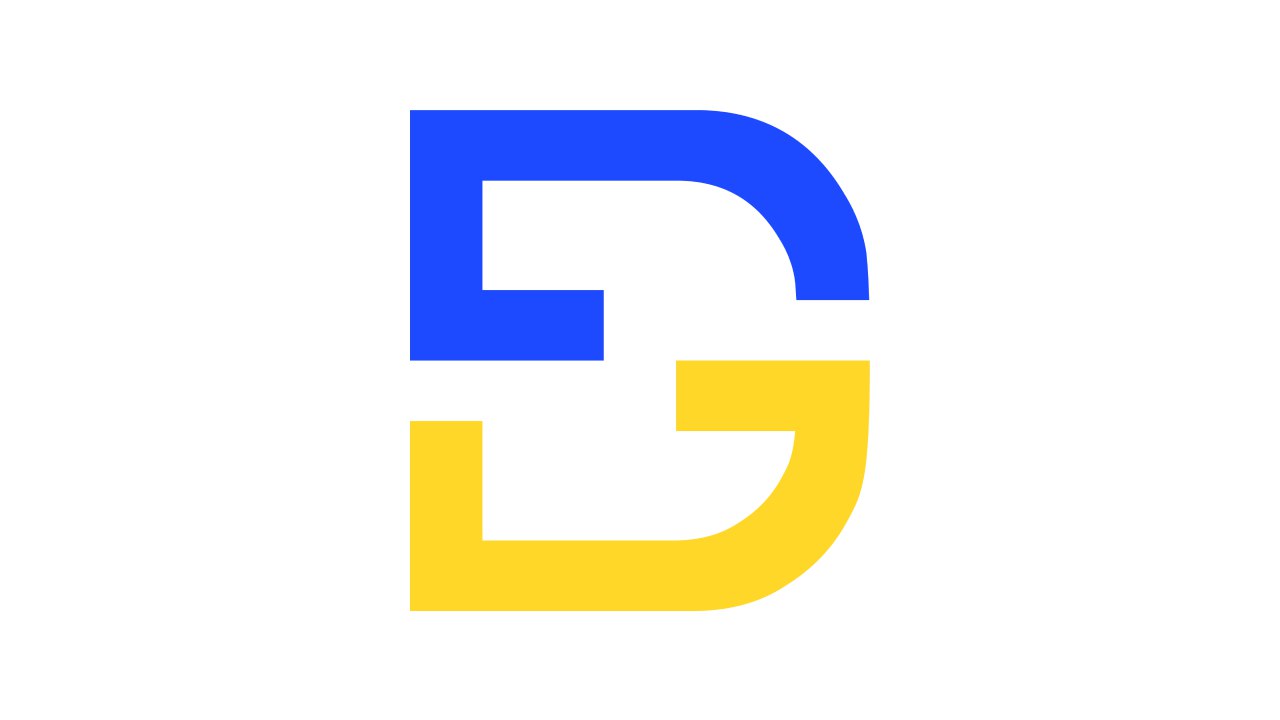With new Web3 projects making headlines daily, distinguishing oneself within the blockchain space means more than developing a unique concept.

As new Web3 projects continue to emerge and vie for attention, it has become increasingly clear that simply having a unique concept is not enough to stand out in the blockchain space. To truly capture the imagination of users and investors alike, these projects must identify and address real needs and challenges.
NEAR has distinguished itself by merging advanced technology with a bold approach. Initially founded by co-founder Illia Polosukhin as a platform to advance AI, NEAR shifted its focus after realizing the potential of blockchain to incentivize AI contributors.
This pivot, combined with NEAR’s integration with cutting-edge tools and practices such as chain abstraction, data availability, and sharding, has sparked a debate: Is NEAR genuinely innovating the space, or is it merely capitalizing on popular trends?
Recently, leading global venture and Web3 investment firm DFG conducted an in-depth investigation and published a research report titled “NEAR Blockchain: Riding Trending Narratives or Market Leader?” The report examines NEAR’s role as a market leader and how it is shaping the future of blockchain and AI.
“NEAR stands out in the blockchain ecosystem with its high-performance architecture that thrives under stress, providing a solid foundation for developers,” said James Wo, Founder and CEO of DFG. “Its modular design and continuous innovations in chain abstractions make cross-chain transactions seamless, allowing dApps and users to navigate the ecosystem effortlessly. We also have great faith in its AI incubation program, which is designed to nurture the future of AI on its platform and provide developers with a space to flourish.”
DFG’s report delves into NEAR’s infrastructure, highlighting how the platform’s advancements set it apart from competitors in the industry. Key findings from the report include:
NEAR’s infrastructure is meticulously designed to overcome two critical challenges: scalability and interoperability. At the heart of NEAR’s strategy lies Nightshade Sharding, a technique that splits the blockchain into smaller, more manageable pieces called shards. This approach enables independent transaction processing, boosting the network’s throughput. Initially, NEAR’s four-shard setup facilitates 3,000 transactions per second (TPS), which is set to increase as NEAR aims to expand to 10 shards by the end of the year, enhancing its capacity by 50% to meet growing demand.
Regarding interoperability, NEAR has developed a modular architecture that simplifies cross-chain interactions. Its Data Availability (DA) layer, Multi-Party Computation (MPC) technology, and integration with Ethereum through Aurora are testaments to NEAR’s dedication to fostering a cohesive, cross-chain, and user-friendly experience. The DA layer, for instance, ensures fast data access and processing, which is crucial for high-transaction environments. Moreover, NEAR’s Super Fast Finality Layer (SFFL) supports cross-rollup transactions, making it an attractive option for developers working on similar applications.
By enhancing chain abstraction to unify user experience across different blockchains, NEAR is effectively bridging the gaps in the blockchain landscape. This approach enhances liquidity, user experience, and interoperability, enabling seamless interactions across multiple chains.
NEAR’s FastAuth key management system simplifies account creation and recovery, allowing users to manage their accounts using email addresses. Furthermore, NEAR’s integration of MPC technology through Chain Signatures strengthens the security of cross-chain transactions, permitting users to engage with various blockchains without the inconvenience of managing multiple seed phrases and wallets.
The NEAR ecosystem has witnessed substantial growth, particularly in stablecoins and Total Value Locked (TVL). Since mid-2023, NEAR’s stablecoin market capitalization has seen a surge, reflecting a positive market sentiment. The combined TVL of NEAR and Aurora, a smart contract on NEAR, has also seen a remarkable three-fold increase year-over-year, growing from $55 million to $230 million. Key platforms contributing to this growth include Burrow and Ref Finance, with Burrow’s lending programs and Ref Finance’s decentralized exchange activity driving substantial activity within the ecosystem.
Staking has also emerged as a growing category within NEAR’s ecosystem, with platforms like Allstake adding considerable value to the multi-chain experience and enhancing the functionality of the DeFi landscape.
Beyond its technological pursuits, NEAR is also heavily engaged in AI developments. The NEAR AI x Horizon (HZN) Incubation Program is a prime example of its commitment to supporting emerging AI projects intersecting with blockchain technology. In its first cohort, the program provides six projects with equity-free mentorship, technical assistance, and guidance to help developers scale their innovations.
The equity-free model enables AI projects to focus on refining their projects without having to give up ownership. With alumni raising over $20 million, the program highlights NEAR’s goal of bridging AI with decentralized technologies.
When asked about blockchain integration with AI, Wo stated, “Blockchain’s capability to generate vast amounts of transaction data serves as a potent resource for training AI, allowing for more precise insights for price predictions, security analysis, and
以上是NEAR Protocol: Riding Trending Narratives or Market Leader?的详细内容。更多信息请关注PHP中文网其他相关文章!




